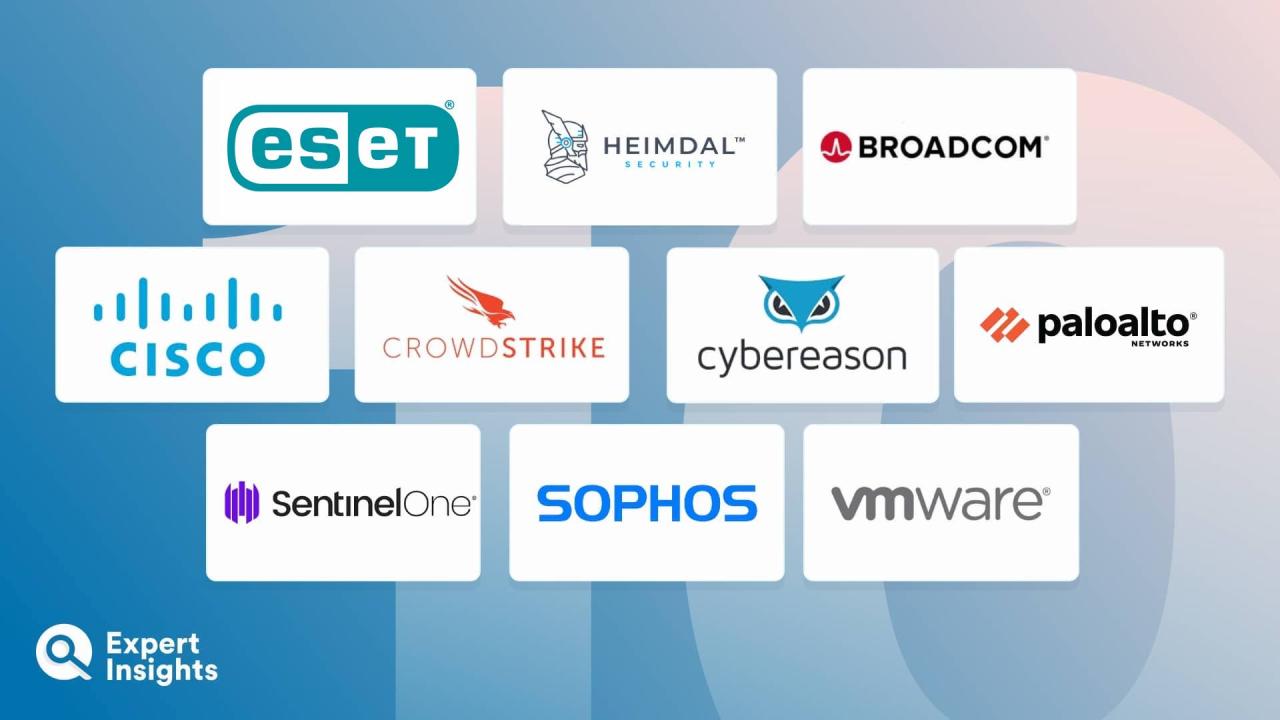Imagine a scenario where a silent threat infiltrates your organization’s network, bypassing traditional antivirus measures and lurking undetected for weeks, even months. This is the reality facing countless businesses today, a reality where reactive security measures are simply not enough.
That’s where Endpoint Detection and Response (EDR) solutions come in. EDR acts as your frontline defense, continuously monitoring endpoint devices – laptops, desktops, servers, and mobile devices – for suspicious activity and providing the tools to rapidly detect, investigate, and respond to threats.
In essence, EDR empowers you to proactively hunt for and eliminate threats before they cause significant damage. This article will delve into the core components of EDR solutions, explore the benefits they offer, and guide you through the key considerations when choosing the right EDR solution for your organization.
Prepare to discover how EDR can transform your security posture from reactive to proactive, safeguarding your data and ensuring business continuity.
Understanding Endpoint Detection and Response (EDR) Solutions
The digital landscape presents ongoing threats to businesses. EDR solutions have emerged as crucial security measures. They provide enhanced visibility and threat response capabilities.
Think of EDR as a watchful guardian for all your devices. This includes laptops, servers, and workstations. It’s designed to catch malicious activities others might miss.
Unlike traditional antivirus, EDR doesn’t just rely on signatures. It continuously monitors endpoint behavior. This allows it to spot patterns and anomalies that suggest an attack is underway.
In essence, EDR provides a comprehensive security blanket. It proactively addresses cyber threats. It goes beyond basic protection to offer investigation and remediation features.
The value lies in its detailed insights. The insights inform better security decisions. And it enables faster incident response times.
Key Features of a Robust EDR Platform
A strong EDR platform is more than just software. It’s a holistic security strategy. Several essential characteristics shape its effectiveness.
Real-time monitoring forms the foundation. It provides constant visibility into endpoint activity. This includes processes, network connections, and file system changes.
Advanced threat intelligence is key. It leverages vast databases of known threats. This enables swift identification of malicious behavior, as well as zero-day exploits.
Automated response capabilities are essential. They allow the EDR to isolate infected endpoints. This prevents lateral movement and contain the threat swiftly.
Comprehensive reporting and analytics offer vital data. They enable security teams to understand attack patterns. This helps proactively improve overall security posture.
Behavioral analysis is a central component. It distinguishes normal behavior from the abnormal. It’s crucial for spotting those sneaky zero-day threats.
Benefits of Implementing an EDR Solution
The perks of deploying EDR stretch beyond immediate threat detection. It provides many improvements to a business’s security profile.
Enhanced threat visibility is a big win. EDR reveals what’s happening on your endpoints. It gives you a deeper understanding of the cyber risks.
Faster incident response is another advantage. EDR automates containment. This reduces the impact of successful attacks and reduces dwell time.
Improved regulatory compliance is facilitated. Detailed audit trails and reporting features are provided. This makes it easier to meet industry mandates.
Reduced workload for security teams is important. EDR automates many tasks. This lets teams focus on strategic initiatives and other important duties.
It provides better protection against sophisticated threats. EDR stays a step ahead of evolving cyberattacks. It minimizes the danger of advanced persistent threats.
Choosing the Right EDR Solution for Your Organization

Selecting the correct EDR solution involves careful consideration. It requires analyzing your unique needs and security goals.
First, consider your company’s size. Some EDRs are tailored for smaller companies. Other EDRs work better for big enterprises with thousands of devices.
Integration with current security tools is important. A seamless integration can greatly enhance your overall security ecosystem and response capabilities.
Assess the ease of use. A solution that’s hard to use won’t be efficient. Look for an intuitive interface.
Evaluate the vendor’s support and training. Competent support is critical. This is especially true during initial implementation and complex incident response.
Cost is certainly a factor to consider. Calculate not only the license fees. Also include the cost of staffing and any necessary training.
The Future of Endpoint Security: EDR and Beyond
EDR is not a static technology. It is always evolving to meet new challenges. The future of endpoint security promises even more sophisticated defenses.
Integration with Artificial Intelligence (AI) is a major trend. AI can enhance threat detection. And AI can improve incident response automation.
Extended Detection and Response (XDR) is becoming more popular. It expands EDR’s reach to other areas like cloud and network security.
Emphasis on proactive threat hunting is gaining traction. Security teams actively search for threats. They don’t just passively wait for alerts.
Cloud-native EDR solutions are growing. These options provide scalability and simplified management. Cloud solutions offer agility and are a good choice for businesses.
With the growing complexity of the digital realm, the next generation of EDR solutions will be essential. These solutions will require a layered approach to security and threat response.